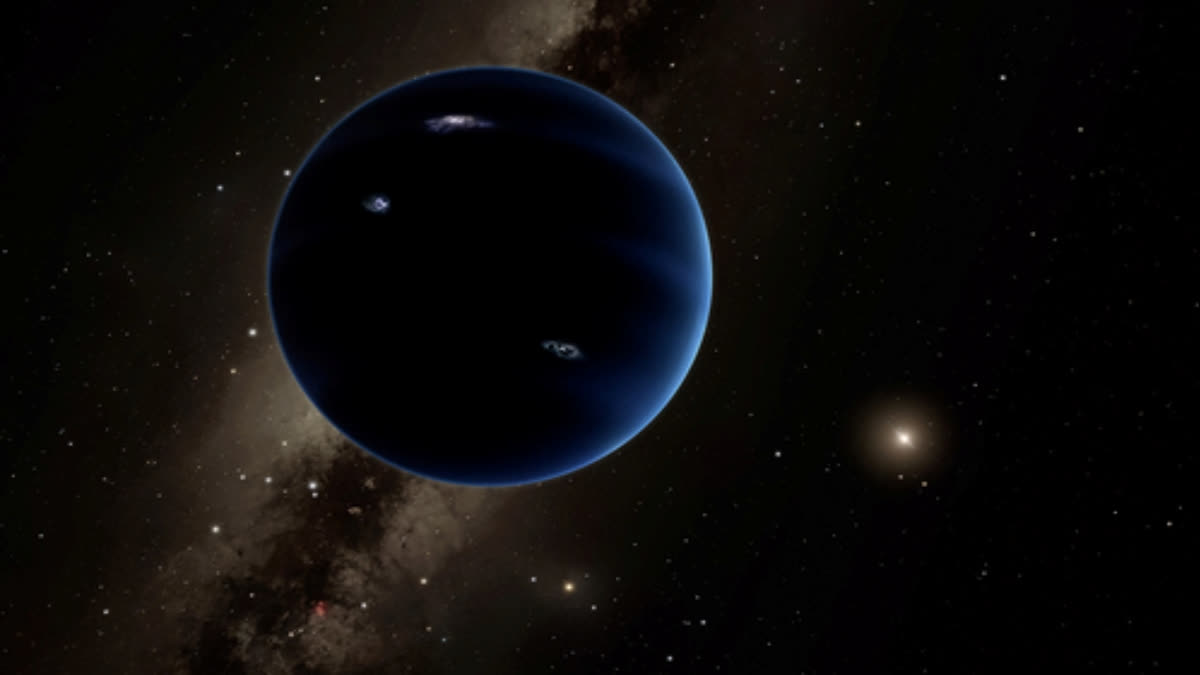Tokyo: An Earth-like Planet Nine may be hiding in our solar system, behind Neptune, Japanese astronomers have found.
The study, published in the Astronomical Journal, comes amidst ongoing debate on the existence of a so-called ‘Planet Nine’, after Pluto was declared a dwarf planet 2006. Researchers Sofia Lykawka from Kindai University in Osaka and Takashi Ito from the Japan National Astronomy Observatory found the presence of the Earth-like planet in the Kuiper Belt -- a donut-shaped ring that stretches just beyond Neptune's orbit.
The Kuiper Belt is a massive ring composed of interstellar objects such as dwarf planets, asteroids, carbon masses and icy volatile elements like methane and ammonia.
"We predict the existence of Earth-like planets," said the researchers. "It's possible that a body of a primordial planet can survive in the far Kuiper Belt as a KBP, as so many bodies existed early in the solar system."
According to them, Planet Nine has a mass that is about 1.5 to 3 times that of Earth, and at a distance of 500 astronomical units from the Sun. The Kuiper Belt also contains millions of frozen objects, which are referred to as trans-Neptunian objects (TNOs) because they are outside Neptune.
